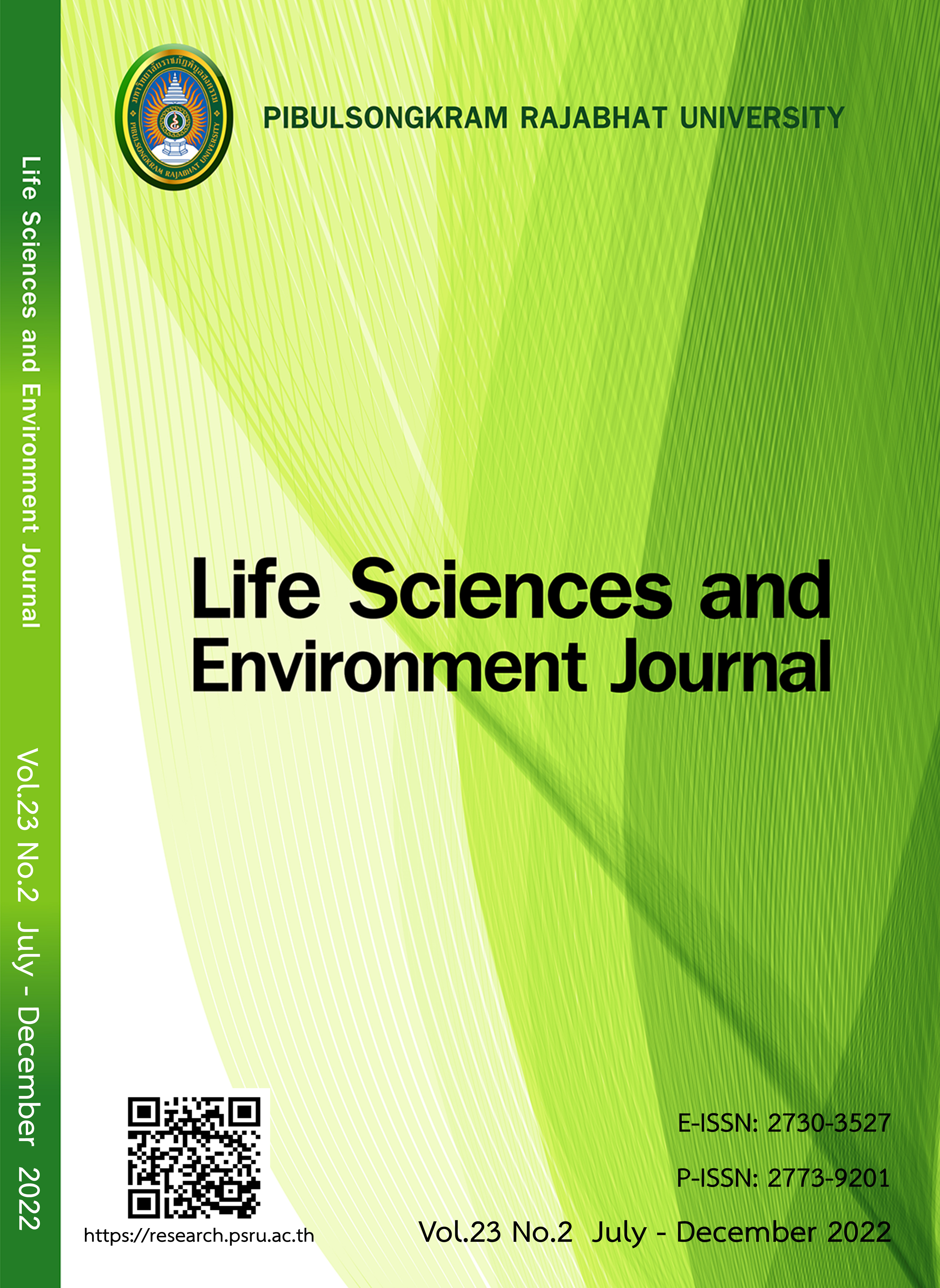CHINESE-ENGLISH MOBILE APPLICATIONS FOR COMMUNICATION OF HEAL MASSAGE PERSONNEL TO ENHANCE EMPLOYMENT OPPORTUNITIES: CASE STUDY OF CHA-AM AND HUA-HIN AREAS
DOI:
https://doi.org/10.14456/lsej.2022.33Keywords:
Mobile Application, Chinese for Communication, English for communication, Health massage personnelAbstract
The purposes of this research were 1) to gather a body of knowledge on health massage, 2) to survey the needs for application development in various aspects of health massage personnel, 3) to design and develop mobile applications and 4) to evaluate Chinese and English for communication in health massage after using the mobile application. The sample group was 100 health massage personnel. The Statistics used to analyze were frequency, percentage, mean and standard deviation, and the assessment criteria for communication in four skills after using the mobile application. The result found that 1) gathering a body of knowledge on health massage in three languages consisted of two parts; essential communication skills and a body of knowledge in the aspect of health massage, 2) the needs for application development in all aspects of health massage personnel were at a high level
( =4.36), 3) the design and development of mobile applications worked on the Android operating a system were developed as system development life cycle (SDLC). Flutter was used to develop applications by using web view and language program HTML pho and vue.js to connect the database My SOLi by choosing various internal elements. The heading, text, and audio are in Thai, English and Chinese. Google Maps was connected to show and search for locations of massage establishments. Google Translate was connected to translating the languages. 4) The result of listening skills was at the highest level, followed by English language skills in other aspects, Chinese listening skills, and other Chinese skills respectively.
References
Changkwanyuen P. Listening skills. Bangkok: Academic Publishing; 1982.
Clark JLD. Foreign language testing: Theory and practice. Philadephia: Centre of Curriculum Development; 1972.
Flowerdew J, Miller L. Second language listening: Theory and practice. New York: Cambridge University Press; 2005.
Junboon S, Thongkhao N, Khasetsukthaworn S. Building and developing S-P-A mobile application for enhancing chinese communication to healthy massage personnel. Kasalongkham Research Journal 2021;15(2):11-25.
Lrgal Affairs Division. Enforcement of health establishment ACT B.E. 2017. Available at: http://www.legal.moph.go.th. Accessed November 7, 2019.
Phetchaburi - Prachuap Khiri Khan Thai Traditional Medicine Association. Register a list of health massage service providers in Phetchaburi and Prachuap Khiri Khan Provinces. Available at: https://spa.hss.moph.go.th/search. Accessed November 7, 2019.
Pisalboot S. Basic statistics .Bangkok: Se-Ed Education Public; 2014.
Tachienram P, Takerngsukvatana R. Development of foot massagereflexology application for well-being. Journal of Humanities and Science Suan Sunantha Rajabhat Buniversity 2019;2(1):112-118.
Tantrairat S. Writing skill. Bangkok: Thai Watana Panich; 2002.
Zhang li. Chinese for specific purposes. China, Beijing: Beijing Language and Culture University Printing House; 2016.
Downloads
Published
How to Cite
Issue
Section
License
Copyright (c) 2022 Life Sciences and Environment Journal

This work is licensed under a Creative Commons Attribution-NonCommercial-NoDerivatives 4.0 International License.
Each article is copyrighted © by its author(s) and is published under license from the author(s).










